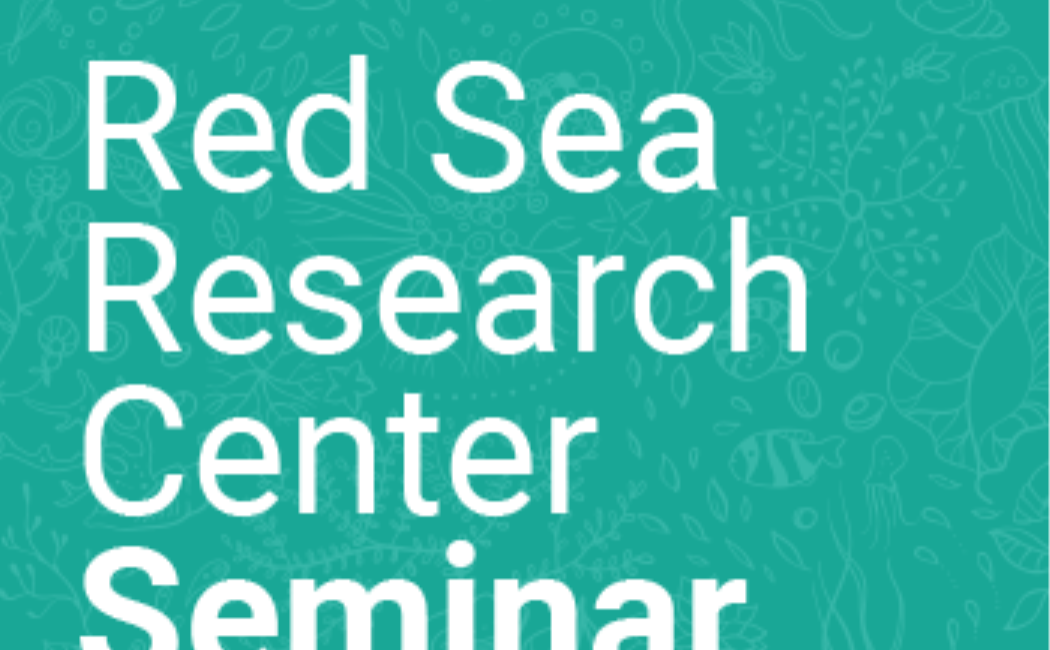


 Speaker 1: Abbrar Labban
Speaker 1: Abbrar Labban
Title: Temperature responses of a Red Sea cyanobacterium- heterotrophic bacteria co-culture
Abstract:
Interactions between photoautotrophic and heterotrophic bacteria are fundamental in marine biogeochemical cycles, especially in subtropical and tropical latitudes. Heterotrophic bacteria consume dissolved organic matter fixed photosynthetically by photoautotrophs while facilitating their growth via providing remineralized nutrients. The aims of this study were to identify the heterotrophic bacteria associated with one Synechococcus strain initially isolated from the Red Sea and assess their responses to experimental warming using the metabolic theory of ecology (MTE) and temperature-size rule (TSR) framework. A co-culture of Synechococcus RS9907 strain and their associated heterotrophic bacteria were incubated at different temperatures. The response to temperature was investigated during the logarithmic growth phase using flow cytometry. Three dominant taxa of heterotrophic bacteria were detected by 16S rRNA gene sequencing, which were related to 3 flow cytometric populations. Overall, Marinobacter was the most abundant heterotrophic taxa followed by Muricauda and Paracoccus. The growth rates of Synechococcus, Paracoccus, and Marinobacter were correlated positively with temperature while that of Muricauda was not significant. Interestingly, Synechococcus became larger with increasing temperature but heterotrophic bacterial cell sizes did not differ significantly. Our data show that the activation energy of Synechococcus was close to the value for autotrophs hypothesized by the MTE. Although heterotrophic bacterial activation energies varied largely, their mean value approached the corresponding value for heterotrophs. Overall, the responses of this Synechococcus Red Sea strain and their associated heterotrophic bacteria to experimental warming were mostly supported by the MTE but did not meet the TSR expectation. 
 Speaker 2: Luis Silva
Speaker 2: Luis Silva
Title: A seasonal view on bacterioplankton dynamics under coral-algae regime shifts
Abstract:
Heterotrophic bacterioplankton are the main recycling organisms of dissolved organic matter in the oceans. In coral reefs, the processing of organic matter is a critical process in sustaining ecosystem functioning. Climate change-driven shifts from coral to algal-dominated tropical benthic ecosystems have been extensively documented. These shifts may influence microbial plankton-DOM interactions with unknown implications for the biogeochemistry of coral- and algae-dominated reefs in the central Red Sea. After 2h in situ incubations, we retrieved seawater enriched in DOM produced by both reef types and inoculated it with natural bacterial assemblages. Seawater incubations were conducted under in situ temperature and light conditions for four days in order to monitor DOM and bacterioplankton dynamics. DOC concentrations were higher in spring-summer than in fall and winter, with slightly higher, though not significant, DOC concentrations in the coral than in the algal experiments. Higher specific growth rates (μ) of bacteria (2.9 to 3.9 d-1) were also measured during spring and summer, and the algae-dominated showed significantly higher µ than in the coral-dominated communities, while in fall and winter, bacteria grew slightly better in the coral-dominated communities. μ increased with initial DOC concentrations in both systems albeit with a significantly higher slope for the algae-dominated system, suggesting a higher quality of the DOC released by algae especially during spring-summer. Our results suggest that more than quantity, it is the quality of DOM exudates that drives the seasonal differences in bacterial responses. Pelagic bacterioplankton growth in reef regions might be ultimately enhanced with this regime shift, especially in the warmest months.